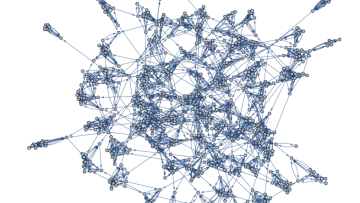14:15
A flexible spectral solver for geophysical fluid dynamics
Abstract
Dedalus is a new open-source framework for solving general partial differential equations using spectral methods. It is designed for maximum extensibility and incorporates features such as symbolic equation entry, custom domain construction, and automatic MPI parallelization. I will briefly describe key algorithmic features of the code, including our sparse formulation and support for general tensor calculus in curvilinear domains. I will then show examples of the code’s capabilities with various applications to astrophysical and geophysical fluid dynamics, including a compressible flow benchmark against a finite volume code, and direct numerical simulations of turbulent glacial melting




